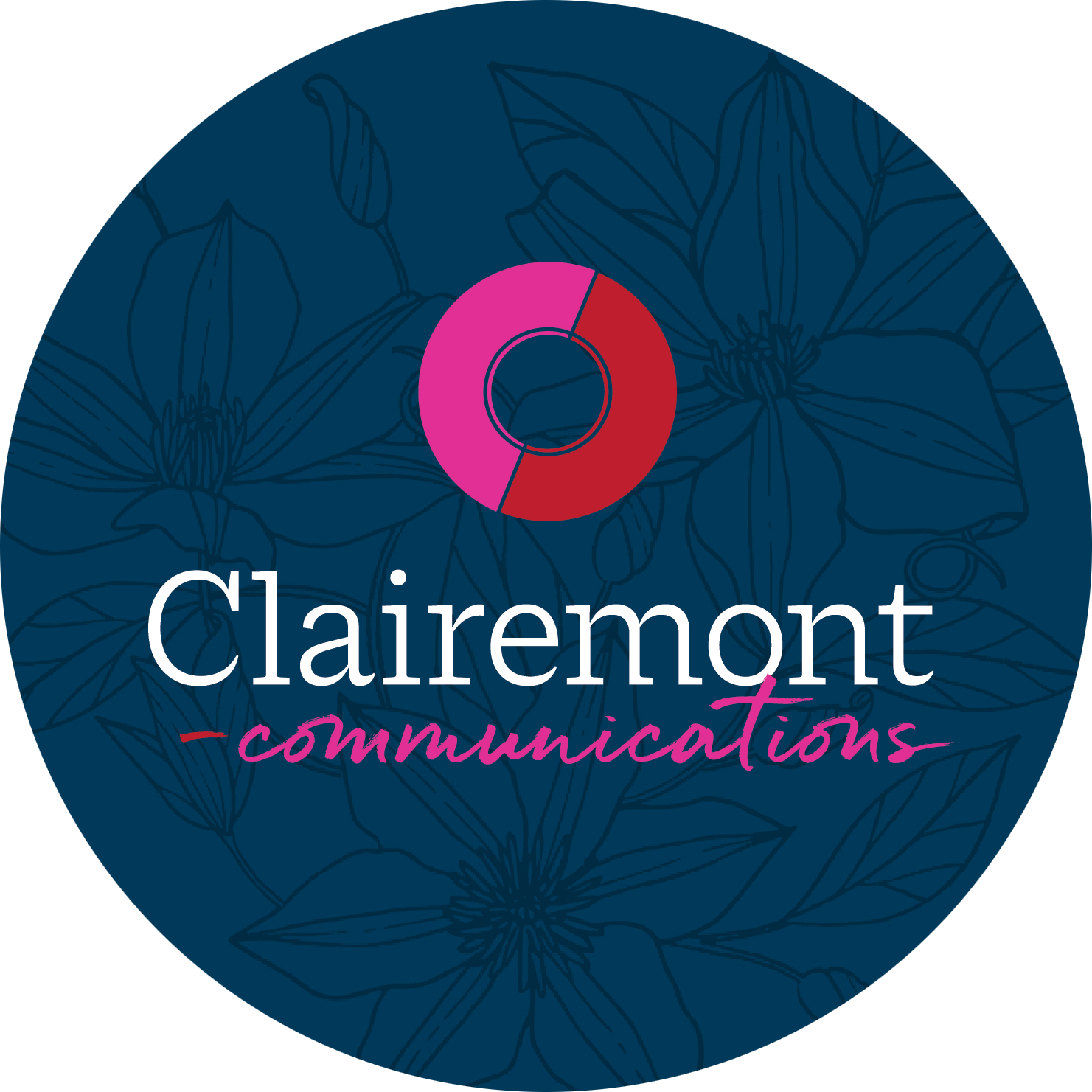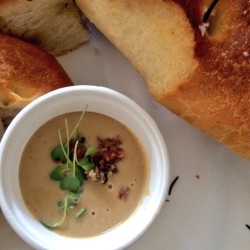From Melbourne to Maine, nearly every corner of the globe explores and expresses local culture through food. Culinary festivals provide a fertile arena to celebrate specific ingredients, showcase new talent or develop fresh dishes through creative chef competitions. Despite the social importance of these events, ongoing debate continues to question the marketing ROI of live events and food festivals.
Food Event Marketing: Trending or Dying?
Marketing expert Michael Reynolds, for example, argues that the trade show model belongs in a graveyard, a dinosaur in lead generation and customer cultivation. It’s easy to get lost in rows of booths hawking wares and flashing shiny tchotchkes. But festivals offer one component that most other marketing methods don’t: personal interaction. And some research suggests that live events leave a stronger imprint on the consumer psyche than social media and promotional campaigns combined.
If food festivals are such a goldmine, then why do so many brands walk away with little to show for their investments? The key lies in the master plan, the year-long prep to ensure that your restaurant gets the most bang for your buck at a culinary event.
Paint the Bigger Picture
Your annual marketing and PR plan should encompass a clear calendar of messages, themes and content, including everything from in-house events to product launches and partnerships. The food festival isn’t an isolated afterthought; it should serve as a seamless part of the overarching plan, an opportunity to aggregate messages to a specific audience at a given point in time.
You may want to introduce a new seasonal menu or recipe, but to maximize this launch, communicate with audiences prior to the event with social media teasers, e-newsletters and in-restaurant promos. Identify any influencers or media and extend a special invitation (with a creative media kit!) to visit your corner of the festival. Consider offering a special tasty treat to those that actually meet you.
Roll Out the Red Carpet
Millennials constitute a growing segment of food festival attendees, and experiences—especially elite, exclusive ones—are a valuable commodity to this demographic. Ditch the corporate talking points, step out from behind your booth and offer creative, engaging interaction. Fortunately, food is already experiential by nature. But don’t be afraid to go the extra step to debut a new flavor, provide a special interview, create a foodie photo booth, offer keepsake dishware or even solicit input for the recipe itself.

The lure may be as simple as an unexpected food. At the annual 2015 TerraVita Festival, Il Palio–a regional Italian restaurant in Chapel Hill and Clairemont client–served up something that few others did: a simple seasonal soup that stood out among other complex dishes. Simple yet delicious, the dish garnered Il Palio and Chef Teddy Diggs fame as “the chestnut soup” guy and attracted eager tasters from across the event.
Follow Beyond the Festival
A whoppin’ 95 percent of festivalgoers say they are highly likely to visit a brick-and-mortar shop after tasting a favored dish at an event. Don’t be a one-hit wonder and squander this ready-made fan base. If you’ve devised a way to collect information (or even tweets), invite your new foodie friends to attend a special dinner, enjoy a festival-only promotion or provide feedback from the tasting. Retweet, re-share, re-post and respond. You’ve wowed these foodies with your flavors; now engage them to visit you again.
Clairemont Communications is a full-service, strategic public relations and marketing communications firm that focuses on blending traditional communications, content marketing and social media. Send us an email to learn how we can help your restaurant increase visibility and grow a stronger customer base.

